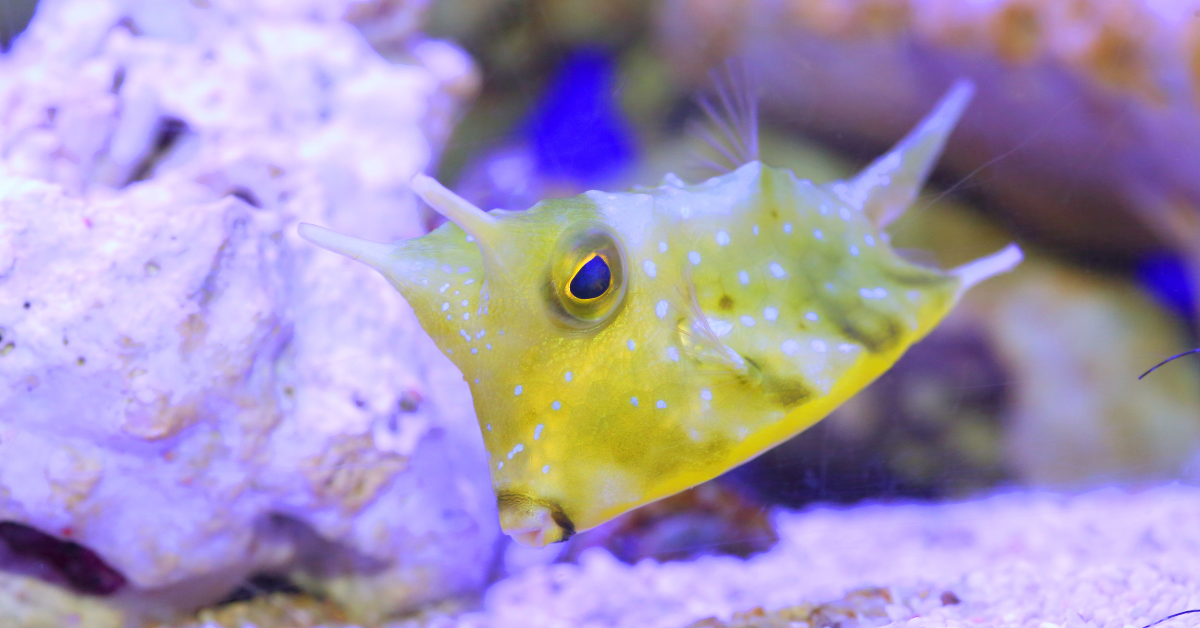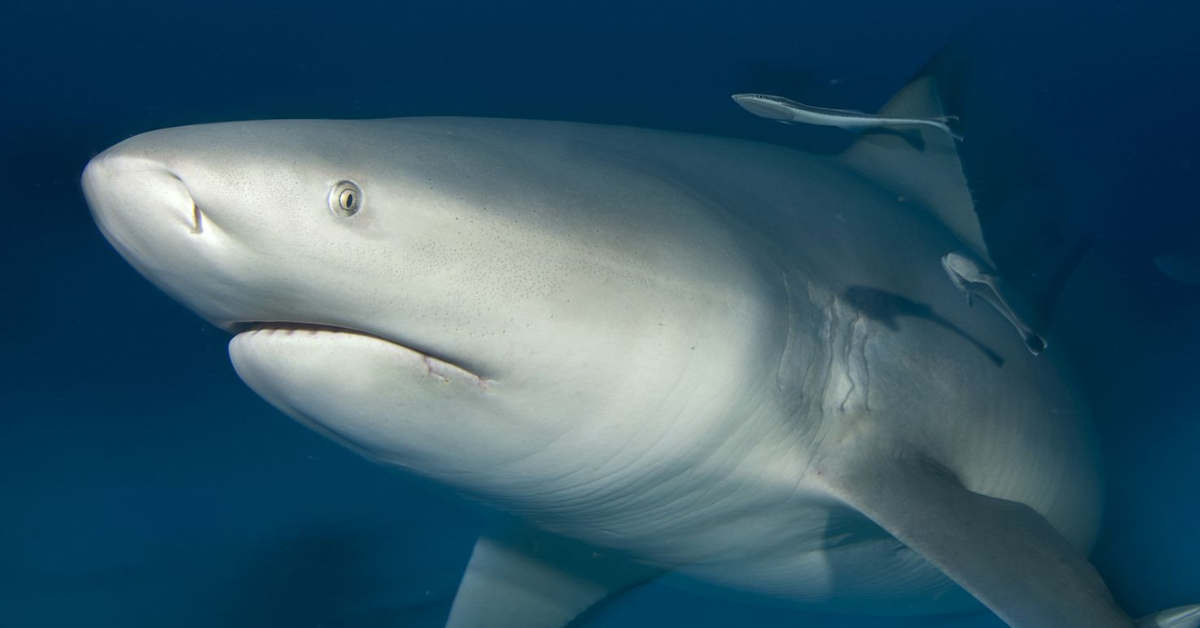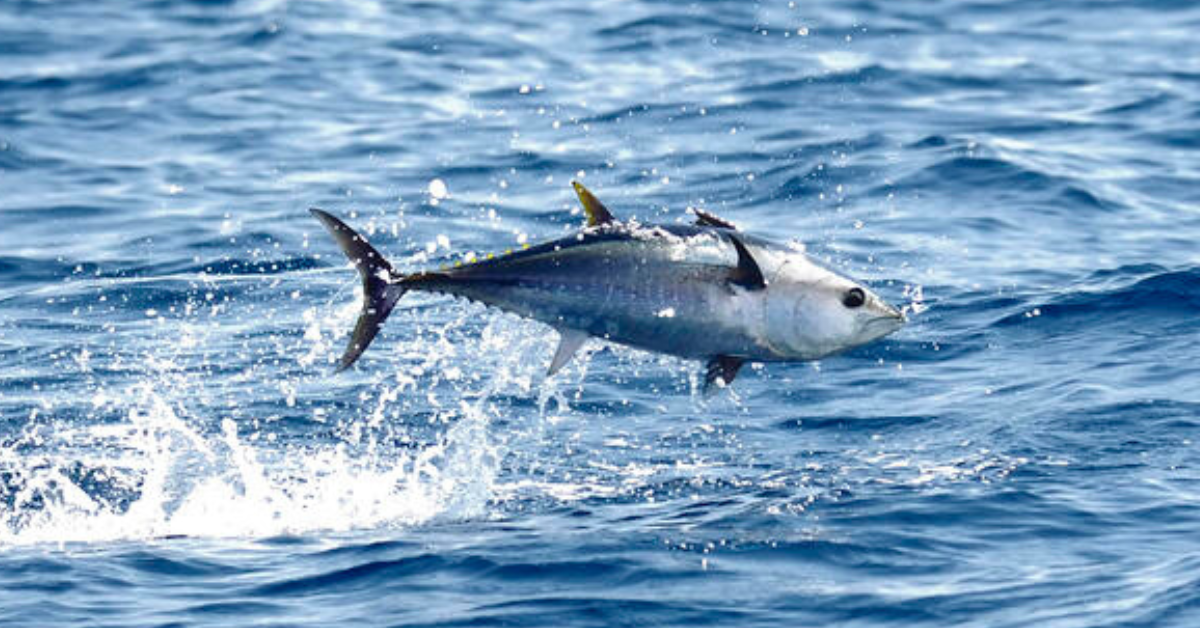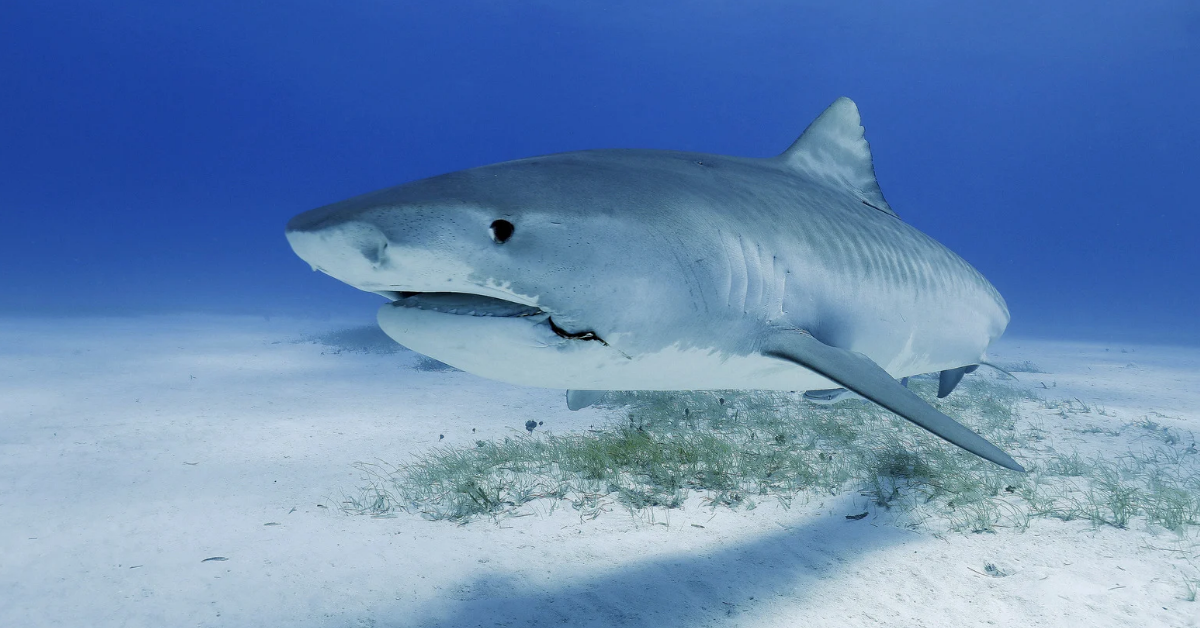Have you ever imagined swimming alongside a massive creature that glides effortlessly through the ocean? Picture yourself encountering the awe-inspiring Basking Shark ( Cetorhinus maximus ), one of the largest fish in the world. In this article, we’ll take you on a journey to explore the intriguing lifestyle, diet, and conservation status of these magnificent creatures.
Have you ever wondered how the mighty megalodon met its demise? In this article, we’ll explore the intriguing mystery of the megalodon’s extinction. You’ll delve into various theories and scientific evidence surrounding its disappearance. From climate change to competition with other predators, we’ll examine the factors that may have played a role in its downfall. Additionally, we’ll debunk rumors of its continued existence.
Are you ready to dive into the fascinating world of fish with big eyes? Get ready to be amazed as we explore these remarkable creatures in the year 2024. From visually appealing breeds to those with enhanced hunting abilities, the underwater realm is brimming with captivating species. Discover how their large eyes help them detect fast movements and navigate the depths.

Do you ever wonder about the fascinating creatures that inhabit the vast oceans? Well, get ready to be amazed! In this article, we’ll delve into the world of fish with horns. Imagine the majestic Longhorn Cowfish and Bluespine Unicornfish, residing in the mesmerizing Indo-Pacific region. The Longhorn Cowfish sports long horns protruding from its head, while the Bluespine Unicornfish boasts a bony horn in front of its eyes.

Do you ever wonder if there are sharks out there without teeth? Well, you’re in for a surprise! As an ecologist, I must admit that sharks are a group of animals I am fascinated with and always eager to learn more. Let’s explore! Not all sharks have the same kind of teeth. In fact, some sharks have no teeth at all. In this article, we’ll explore the fascinating world of sharks with no teeth and uncover the reasons behind this unique adaptation.

Do you ever wonder if sharks mate for life? In this article, we’ll explore the fascinating world of shark mating and reproduction to uncover the truth. Sharks, with their mysterious underwater habitat, have always intrigued scientists when it comes to their mating behavior. As we delve into the topic, we’ll discover that mating times vary across different shark species and locations.

Brief overview of the Bull Shark The bull shark ( Carcharhinus leucas ) is a large predatory shark found in warm coastal waters around the world. It is known for its aggressive behavior, adaptability to different environments, and unique physical characteristics. Bull sharks are a member of the Carcharhinidae family, which includes other species such as the tiger shark and the blacktip shark.

Bluefin tuna Bluefin tuna is a type of tuna fish that is known for its rich, flavorful meat and large size. It is one of the largest tuna species, and can weigh over 1,000 pounds and grow up to 10 feet in length. Bluefin tuna are highly migratory and travel long distances each year in search of food and breeding grounds.

What are tiger sharks? Tiger sharks ( Galeocerdo cuvier ) are a large species of shark that are found in warm coastal waters around the world. They are named for the distinctive, vertical stripes on their bodies that resemble a tiger’s stripes. Tiger sharks are known for their large size, powerful jaws, and voracious appetite, and they are considered one of the most dangerous shark species to humans.

Sharks are influenced by a variety of factors that can affect their movement patterns, including: Temperature : Water temperature can play a significant role in the movement of sharks. Some species of sharks prefer warmer waters, while others prefer cooler waters. Food availability : Sharks are carnivorous predators that require a steady supply of food to survive.
